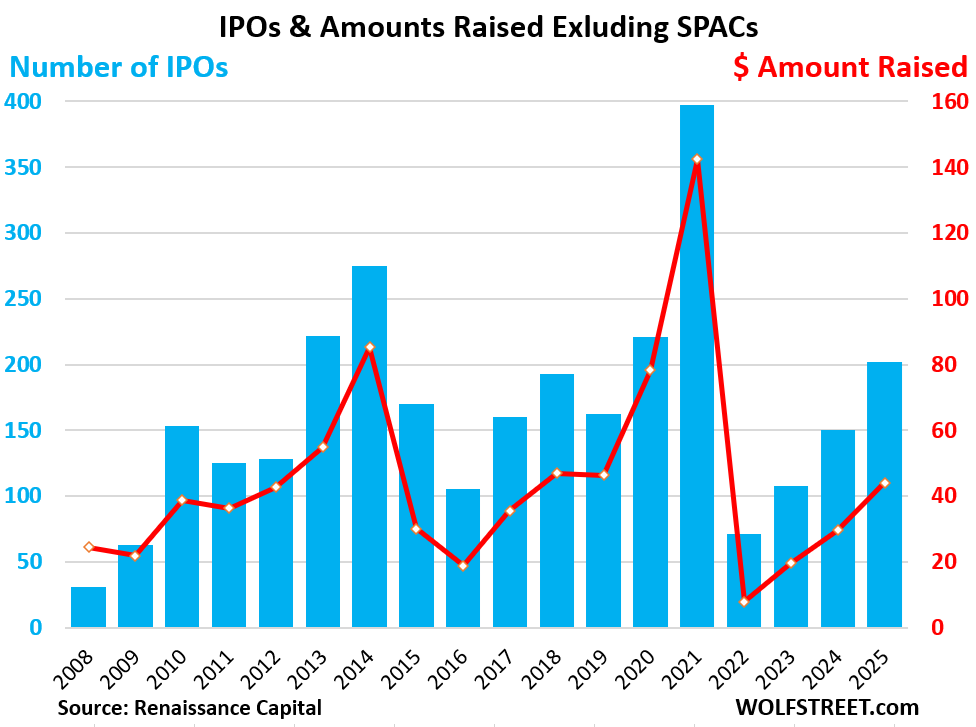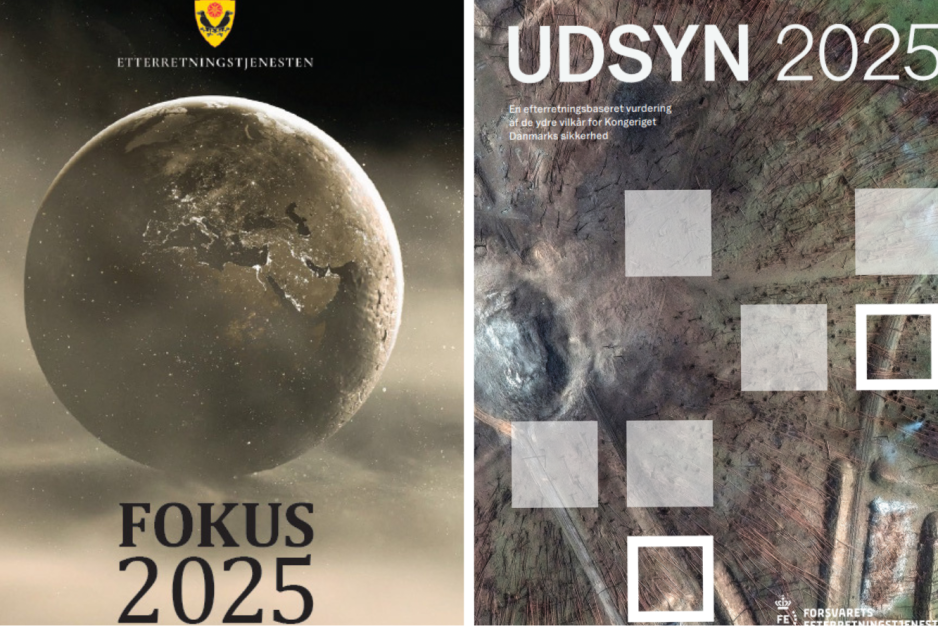There are any number of reasons to argue against the current infrastructure build-out and the eventual draw on resources that may, or may not, be better used elsewhere but the water issues, except for draining aquifers, don't really matter.
Draining aquifers for pretty much anything other than drinking water is dumb. Draining aquifers for agriculture is insanity. And we do so much of it that the result can actually be measured as a contributor to sea level rise.*
From Andy Masley's substack, October 11, 2025:
AI data centers use water. Like any other industry that uses
water, they require careful planning. If an electric car factory opens
near you, that factory may use just as much water as a data center.
The factory also requires careful planning. But the idea that either
the factory or AI is using an inordinate amount of water that merits any
kind of boycott or national attention as a unique serious environmental
issue is innumerate. Individual data centers can sometimes stress local
water systems in the way other industries do, but when you use AI, you
are not contributing to a significant problem for water management
compared to most other things you do in your day to day life. On the
national, local, and personal level, AI is barely using any water, and
unless it grows 50 times faster than forecasts predict, this won’t
change. I’m writing from an American context and don’t know as much
about other countries. But at least in America, the numbers are clear
and decisive.
The idea that AI’s water usage is a serious national emergency caught on for three reasons:
People haven’t internalized how many other
people are using AI. AI’s water use looks ridiculous if you think of it
as a small marginal new thing. It looks tiny when you divide it by the
hundreds of millions of people using AI every day.
People
are easily alarmed by contextless large numbers, like the number of
gallons of water a data center is using. They compare these large
numbers to other regular things they do, not to other normal industries
and processes in society. They aren’t aware of how much water society
uses on other normal industries.
Together, these create
the impression that AI water use is a problem. It is not. Regardless of
whether you love or hate AI, it is not possible to actually look at the
numbers involved without coming to the conclusion that this is a fake
problem. This problem’s hyped up for clicks by a lot of scary articles
that completely fall apart when you look at the simple easy-to-access
facts on the ground. These articles have contributed to establishing
fake “common wisdom” among everyday people that AI uses a lot of water.
This
post is not at all about other issues related to AI, especially the
very real problems with electricity use. I want to give you a complete
picture of the issue. I think AI and the national water system are both
so wildly interesting that they can be really fun to read about even if
you’re not invested in the problem.
Importantly, I am not saying that it’s impossible for data centers to ever cause any problems with water. They
require careful planning in the same ways other large industrial
buildings do. What I am saying is that right now no reasonable forecasts
imply that data centers will rise to become a significant problem for
water access in the US. Almost all complaints about their national water
use are basically just saying “We should not have a new large industry
in America using water.” The tax revenue per gallon from data centers is
just so high that in many places they are among the best new buildings
possible to benefit a community experiencing water scarcity, because any
other industries using the same amount of water would generate way less
tax revenue. Critics of data centers need to carefully weigh their
water costs against the massive amounts of revenue they can bring in for
everyday people, not just look at the water costs alone. The debate
about building data centers should involve reasonable conversations
between ecologists, economists, and city officials, not everyday voters
shouting down local meetings with misleading statistics.
Contents
A few important definitions
Suppose
I take a cup of water from a lake, and then immediately dump it back
in. That doesn’t seem bad. Now I take a cup from the lake, and this time
I evaporate it. That seems worse. Now I take a cup and spend some
resources on making it drinkable. These all have very different costs
and effects on the water system. We need words to describe it.
Water is complicated, but not too complicated. There are a few key definitions to understand. First:
Consumptive
use removes water from a local system. Taking the cup of water and
evaporating it is consumptive use. Evaporated water mostly does not
return to its original source.
Non-consumptive use
temporarily takes water from a local system, and returns it later
unaffected. Taking the cup of water from the stream and pouring it back
in is non-consumptive use.
Growing food is an
example of consumptive use. Some of the water becomes part of the food
itself. When the food is shipped away, the water leaves the local
system.
Many data centers rely on evaporative cooling.
This is the way water is consumptively used in data centers. They do
not immediately evaporate all the water they are using. Most of it
circulates through the cooling system repeatedly before evaporation.
Many
reports on AI’s water use do not only include water in data centers,
they also include the water consumed by the power plants data centers
draw from. This leads to a second important distinction....
....MUCH MORE
HT: UnDark's "How Much Water Do AI Data Centers Really Use?", December 18.
And the aquifers? Last seen in May 2024's "Over a third of urban Chinese live in sinking cities":
....In fact people are depleting aquifers at such a rate that the H₂O
that moves through the water cycle actually ends up in the oceans,
raising sea levels. Not huge but measurable.
From the U.S. Geological Survey:
...Estimated global groundwater depletion during 1900–2008 totals ~4,500 km3,
equivalent to a sea-level rise of 12.6 mm (>6% of the total).
Furthermore, the rate of groundwater depletion has increased markedly
since about 1950, with maximum rates occurring during the most recent
period (2000–2008), when it averaged ~145 km3/yr (equivalent to 0.40 mm/yr of sea-level rise, or 13% of the reported rate of 3.1 mm/yr during this recent period)....
We pay pretty close attention to water and in the decade since we started pitching Nvidia we've had only two "water and AI" posts
August 2025 - "AI Data Centers in Texas Used 463 Million Gallons of Water, Residents Told to Take Shorter Showers"
And October 2025 - "Opportunity: "Next-Gen AI Needs Liquid Cooling" which has such tidbits as:
....“The average power density in a rack was around 8 kW,” says Josh Claman, CEO of the startup Accelsius.
“For AI, that’s growing to 100 kW per rack. That’s an order of
magnitude. It’s really AI adoption that’s creating this real urgency” to
figure out a better way to cool data centers.
Specifically, the urgency is to move away from fans and toward some sort of liquid cooling.
For example, water has roughly four times the specific heat of air and
is about 800 times as dense, meaning it can absorb around 3,200 times as
much heat as a comparable volume of air can. What’s more, the thermal
conductivity of water is 23.5 times as high as that of air, meaning that
heat transfers to water much more readily.
“You can stick your
hand into a hot oven and you won’t get burned. You stick your hand into a
pot of boiling water and you can instantly get third-degree burns,”
says Seamus Egan, general manager of immersion cooling at Airedale by Modine. “That’s because the liquid transfers heat much, much, much, much more quickly.”....
On the other hand we have dozens of posts on H2O.
From trying to figure out various bets on water to: September 2019's - Water and Its Mysteries:
Isaac Asimov was fascinated with water and among his non-fiction books is
The Left Hand of the Electron which references water over 200 times. And via Inference Review someone else with the fascination.
Marc Henry, Professor of Chemistry, Materials Science, and Quantum Physics at the University of Strasbourg:
There are very few things that modern science does not understand. One of them is consciousness; the other is water.
In the case of consciousness, the hard problem is designing good
experiments; in the case of water, finding a theory that explains its
properties.
Thermodynamic theories assume that any substance may be characterized
by its internal energy U(S,V), where S and V are extensive variables, S
is a measure of the number of accessible quantum states at a given
temperature T, and V is a measure of the spatial extension of the system
at a given pressure p. By the first law of thermodynamics dU(S,V) =
T·dS – p·dV. Every substance has an equation of state (EoS) p = kBT·[1/V + B2(T)/V2 + …], where kB = 0.0138 zJ·K–1 is a universal constant. B2(T) is negative at low temperature and positive at high temperatures. At B2(T) = 0, attractive and repulsive forces are in balance. For an ideal gas, B2(T) = 0; for a system of hard spheres of diameter σ, B2(T) = 2π·σ3/3; for a van der Waals gas, B2(T) = b – a/kBT, with b and a measuring the repulsive and attractive forces between molecules.
Let MW designate molecular weight. The substance displaying the greatest ratio TB/MW = 80(8) K·Da–1 is water (H2O), followed by hydrogen fluoride (HF), and ammonia (NH3). TB/MW
thus corresponds to the density of cohesive energy. The fact that water
is an elixir for life is perfectly justified from a thermodynamic point
of view. In chemistry, such high densities are usually associated with
abnormally high ebullition points.
A phase diagram in the plane represents the domains where a substance
may exist as a solid, liquid, or gas. Domain boundaries are marked by
coexistence lines. It is there that two phases coexist. Substances
undergo first-order transitions at coexistence lines; the system absorbs
or releases energy, giving rise to discontinuous changes in volume and
density. The sublimation line is the locus of points where a solid
coexists with a gas and may extend from zero to the triple-point
temperature T3. In the case of water, this triple point is observed at T3 = 0.01°C = 273.16 K and p3 = 611 Pa = 0.006 atm. The melting line is the locus of points from T3
to an infinite temperature. These phases have different symmetries.
Full rotational invariance in the liquid phase turns into discrete
symmetries in the crystal phase. The condensation line is the locus of
points where a gas coexists with a liquid and extends from T3
to a critical point C. Above C, only a single-phase homogenous system
exists. In the case of water, this critical point is observed at TC = 373.946°C = 647.096 K and pC = 22.06 MPa = 217.7 atm. This critical point occurs as soon as two phases share the same symmetry group.....MUCH MORE
*Archive.org:
The Left Hand of the Electron - Isaac Asimov
Regarding Asimov, though he made his money writing science fiction he was a trained chemist: PhD, Columbia, post doc, taught biochem at Boston Uni's Med school etc.
And he was fascinated by water. See after the jump.
That's from December 30, 2020's "Hydrogen Storage: A New Form Of Ice" which has this outro:
One of Asimov's riffs on water, "Not as We Know it: The Chemistry of Life" he uses this little paragraph as a jumping-off point:
Water
is an amazing substance with a whole set of unusual properties which
are ideal for life-as-we-know-it. So well fitted for life is it, in
fact, that some people have seen in the nature of water a sure sign of
Divine providence. This, however, is a false argument, since life has
evolved to fit the watery medium in which it developed. Life fits water,
rather than the reverse.
In his book "The Left Hand Of the Electron" Dr. A gathers essays he had written over the years:
- The Thalassogens
-
Subject: common liquids
First Published In: Dec-70, The Magazine of Fantasy and Science Fiction
Collection(s):
- 1972 The Left Hand of the Electron
Cold Water-
Subject: freezing of water
First Published In: Feb-71, The Magazine of Fantasy and Science Fiction
Collection(s):
- 1972 The Left Hand of the Electron
Hot Water-
Subject: boiling points
First Published In: Jan-71, The Magazine of Fantasy and Science Fiction
Collection(s):
- 1972 The Left Hand of the Electron
If interested, here's the book at Archive.org. I did a quick search and saw 114 hits for 'water'.
So yeah, we pay attention to water.










 Around
1900, Scott Nearing was introduced to The Landlord's Game by either
Lizzie Magie or other residents of Arden. He was at the time a full-time
resident of Arden. Nearing went on to become a member of the economics
department at the University of Pennsylvania in 1906, where he used The
Landlord's Game in his teaching. His support of Henry George's proposals
to raise pubic revenue exclusively from those who owned land, and his
opposition to child labor, caused him to be dismissed from the
university in 1915.
Around
1900, Scott Nearing was introduced to The Landlord's Game by either
Lizzie Magie or other residents of Arden. He was at the time a full-time
resident of Arden. Nearing went on to become a member of the economics
department at the University of Pennsylvania in 1906, where he used The
Landlord's Game in his teaching. His support of Henry George's proposals
to raise pubic revenue exclusively from those who owned land, and his
opposition to child labor, caused him to be dismissed from the
university in 1915.


